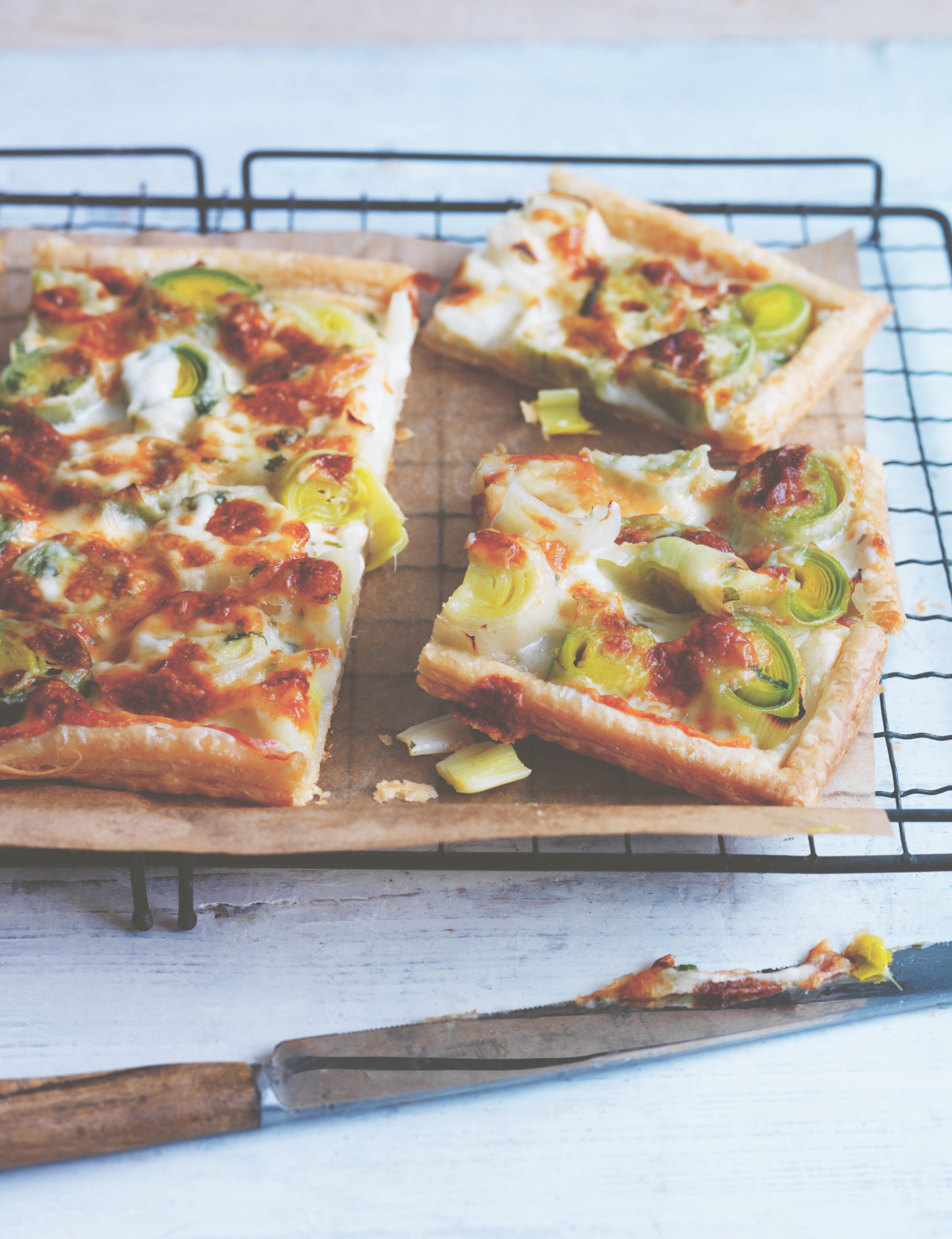Ravneet Gill’s Sugar, I Love You: Knockout Recipes to Celebrate The Sweeter Things in Life, is out this month.
For your eating pleasure, I spent weeks testing variations of chocolate cake. I knew what I wanted: something wonderfully moist, a touch bitter, light, quick-to-make and beautiful. The perfect lazy person’s cake. It had to be a gleaming beauty!
Lazy Person’s Cake

Ingredients:
For the wet cake mix
• 175ml light olive oil & extra
• 2 eggs
• 175ml buttermilk
• 170ml boiling water
• 5g/1 tsp instant coffee
For the dry cake mix
• 125g caster sugar
• 125g light brown sugar
• 80g cocoa powder
• 230g plain flour
• 5g/1 tsp sea salt flakes
• 10g/2 tsp bicarbonate of soda
• 5g/1 tsp baking powder
For the malt chocolate ganache
• 150g 70 per cent cocoa solids chocolate, chopped
• 50g 55 per cent cocoa solids chocolate, chopped
• pinch of sea salt flakes
• 300g double cream
• 1 tbsp malt extract (alternatively use black treacle, maple syrup or honey)
Method
1. Preheat the oven to 160°C fan/180°C/gas mark 4. Grease two 20cm (8in) cake tins with oil, then line with baking paper. Weigh all the dry cake mix ingredients & stir with a whisk (if the sugar is lumpy, you’ll have to sift it.).
2. Weigh all the wet cake mix ingredients, except the water & coffee, into a large bowl and whisk. Make the coffee in a cup, pour it into the wet ingredients bowl and stir. Add the dry mix to the wet mix and whisk to combine. Divide the mixture evenly between tins. Bake for 35 minutes, or until a skewer inserted comes out clean. Allow to cool for 20 minutes before flipping on to a wire rack (allow to cool fully before ganache).
3. To make the ganache, put both the chocolates and the salt in a large heatproof bowl. In a saucepan, heat the cream with the malt extract until steaming but not boiling. Pour the hot cream over the chocolate and leave for 1 minute. Use a whisk to stir from the middle outwards – so as not to whisk in any air – until silky & beautiful. Let ganache sit for 10 mins.
4. Take a large plate with a lip. Place a cooled cake on the plate and spoon over enough ganache to cover the top. Don’t worry if it spills over the edges, we kind of want this. Place the next cake on top. Pour the remaining ganache all over, without a care in the world. Use a spoon to guide it over, making sure plenty of ganache is falling down the sides. Put the cake in the fridge for 20–30 minutes.
5. Remove from fridge and, using a small offset palette knife, scoop up the set ganache from the edges of the plate and spread over the sides to create a smooth finish. It really is that easy and effortless.You’ll have your friends thinking you really care…
This cake keeps best in an airtight container at room temperature for three days. If kept in the fridge, allow to come to room temp before eating – it’ll be nicer! I recommend mircowaving a slice for 20 seconds & pouring cold cream all over it.



























